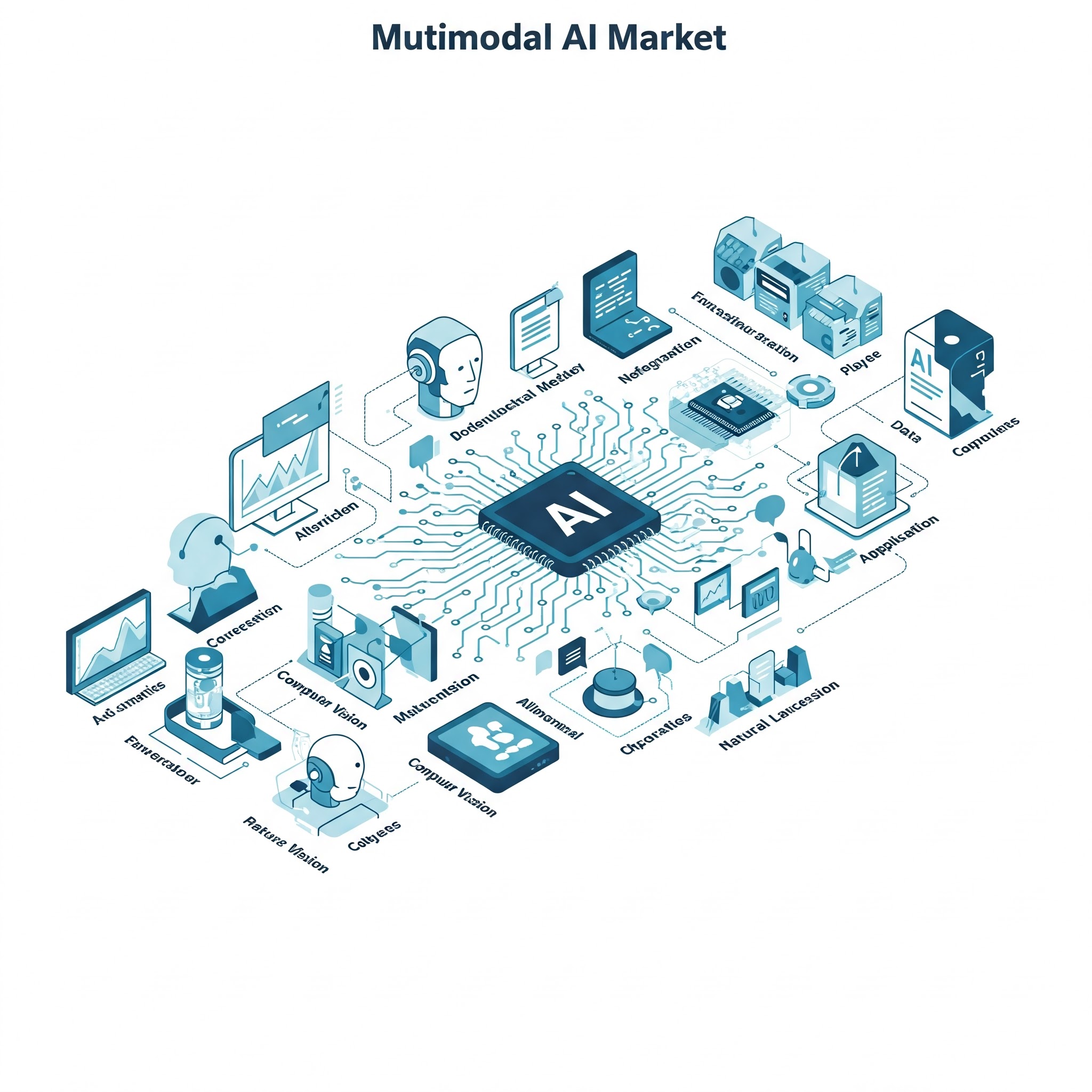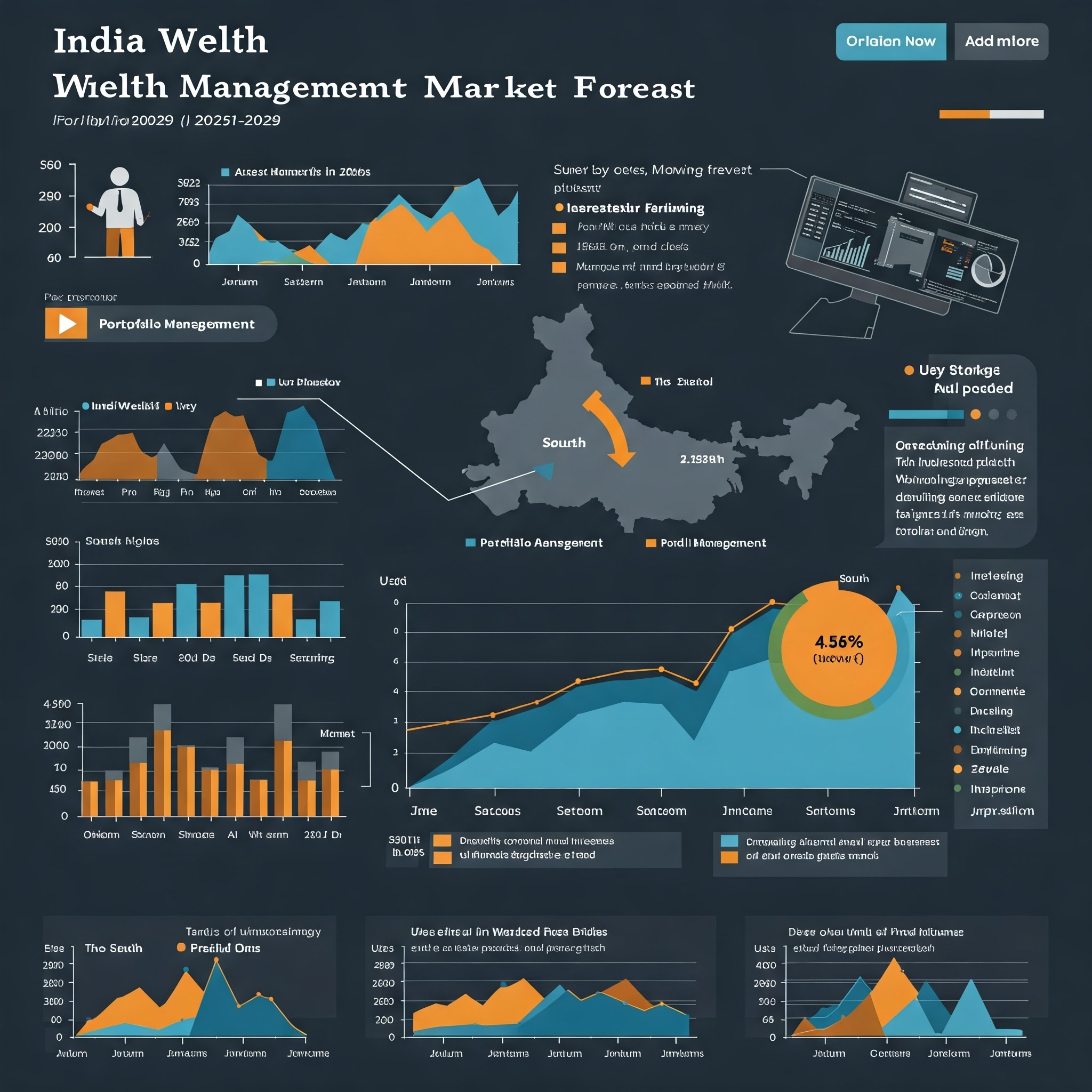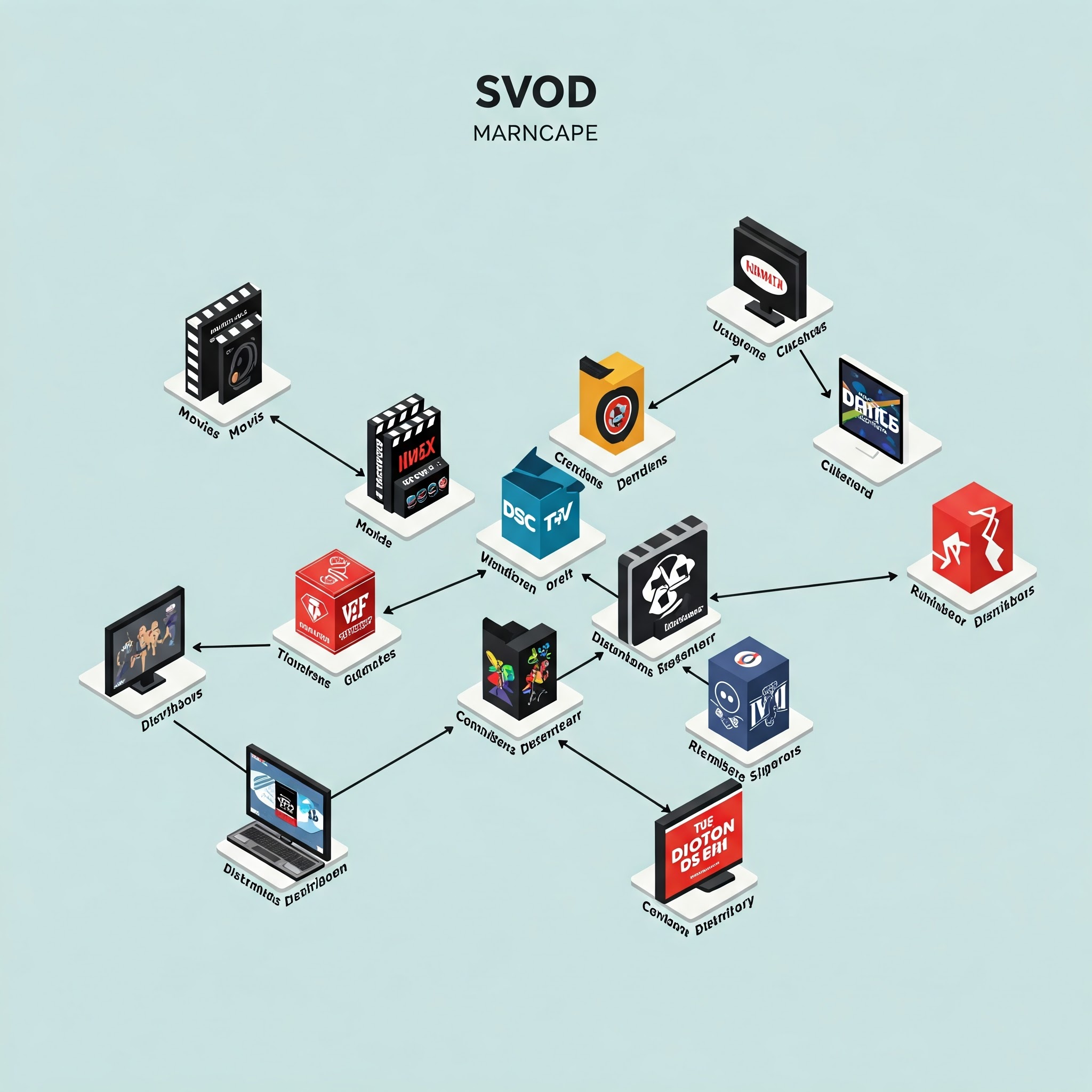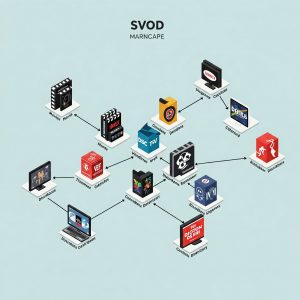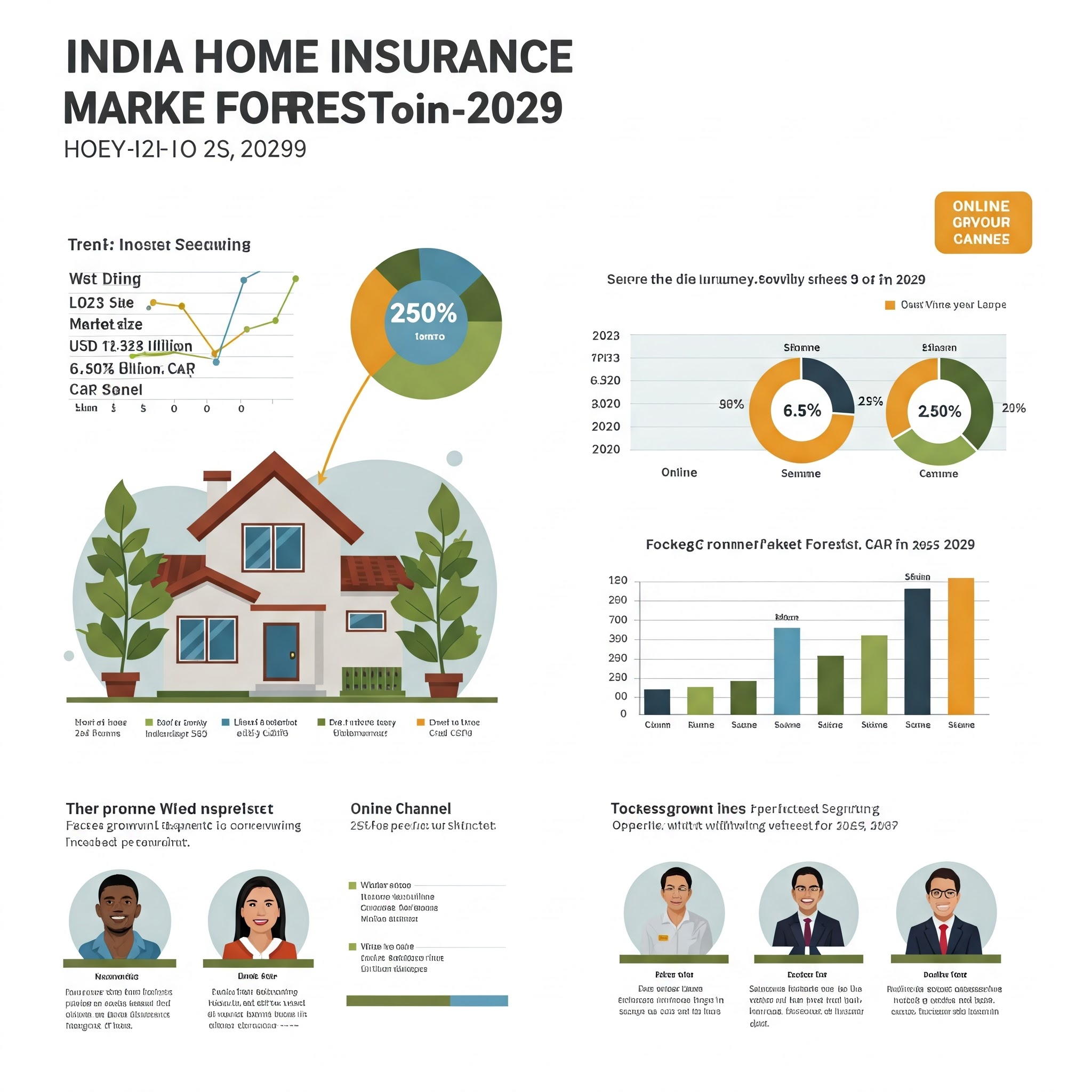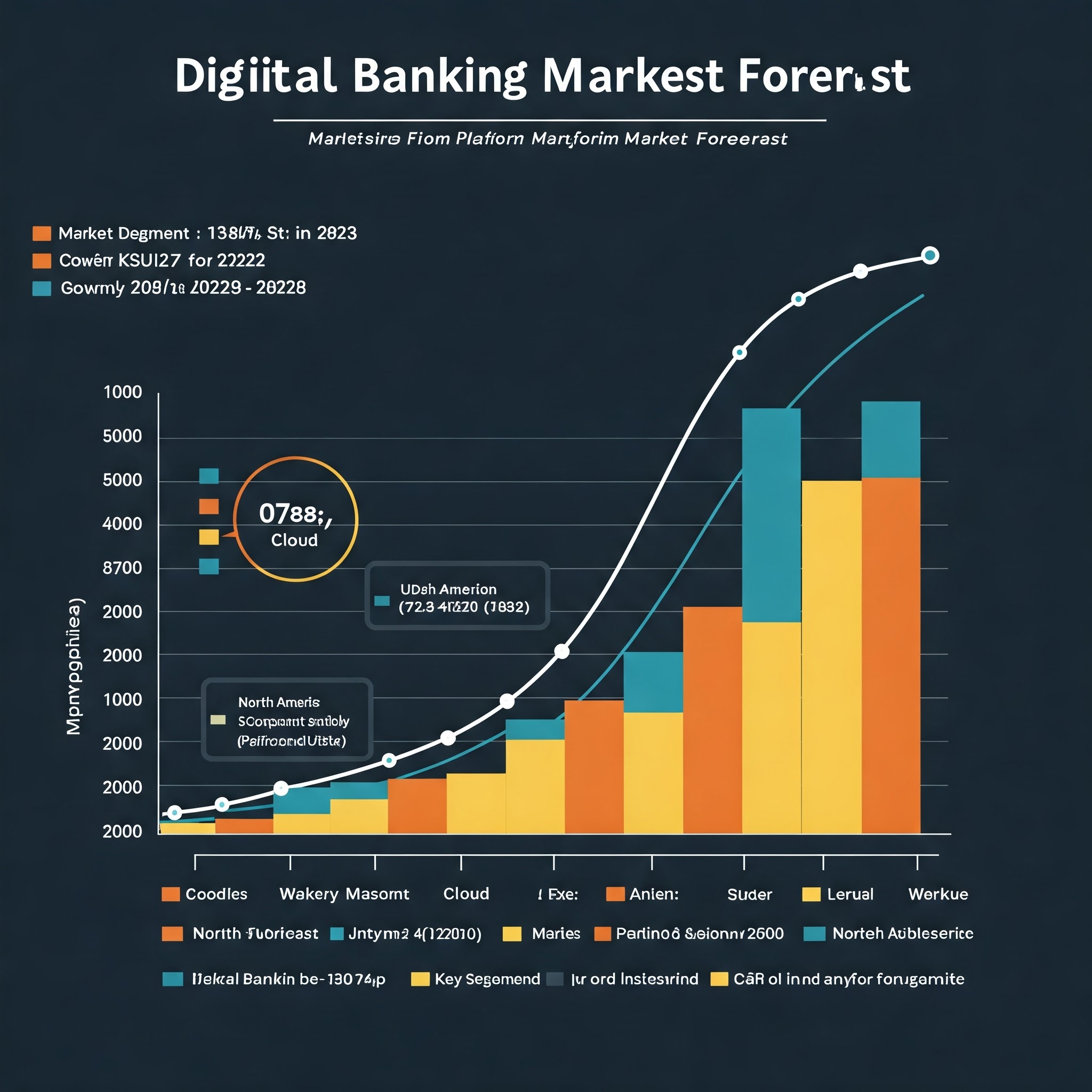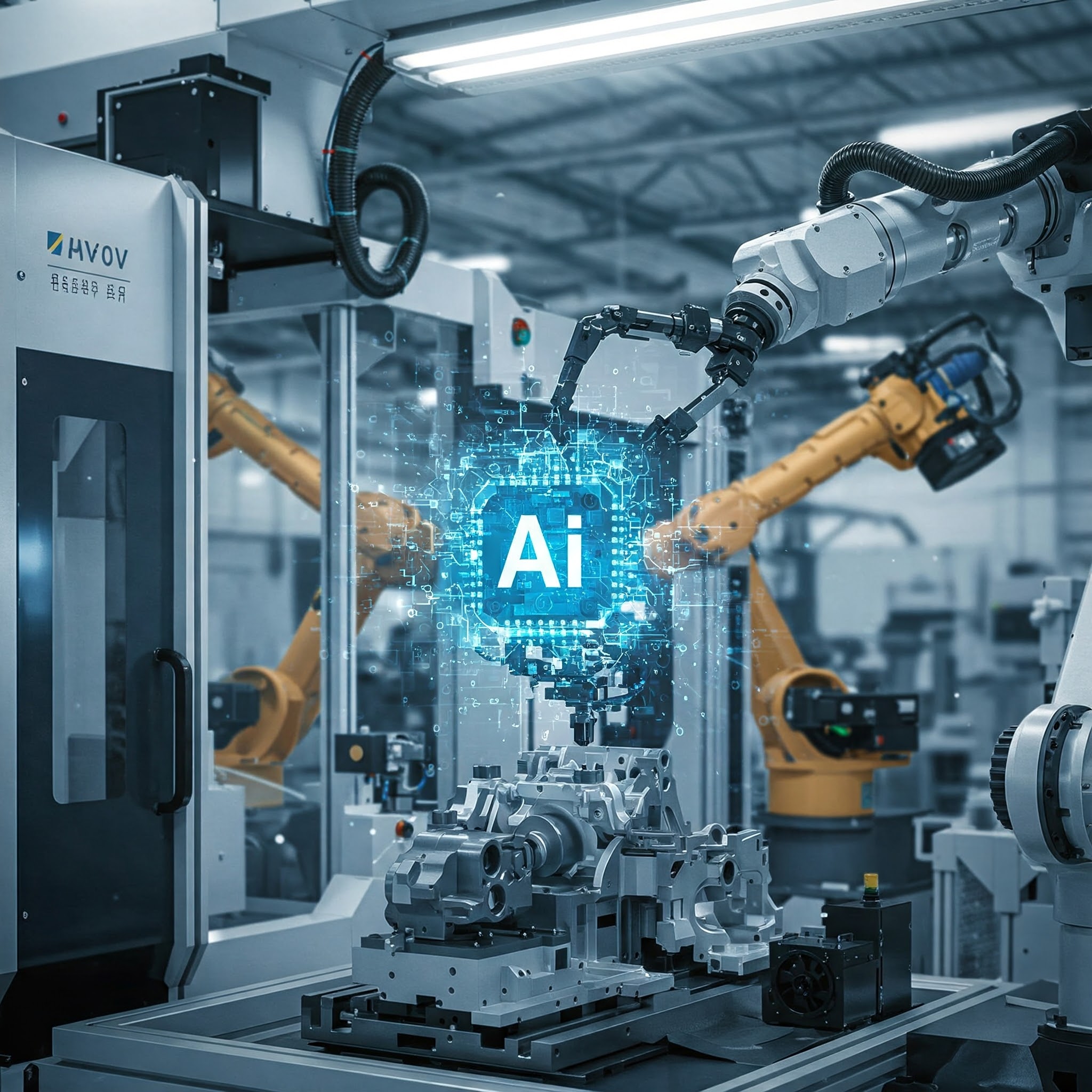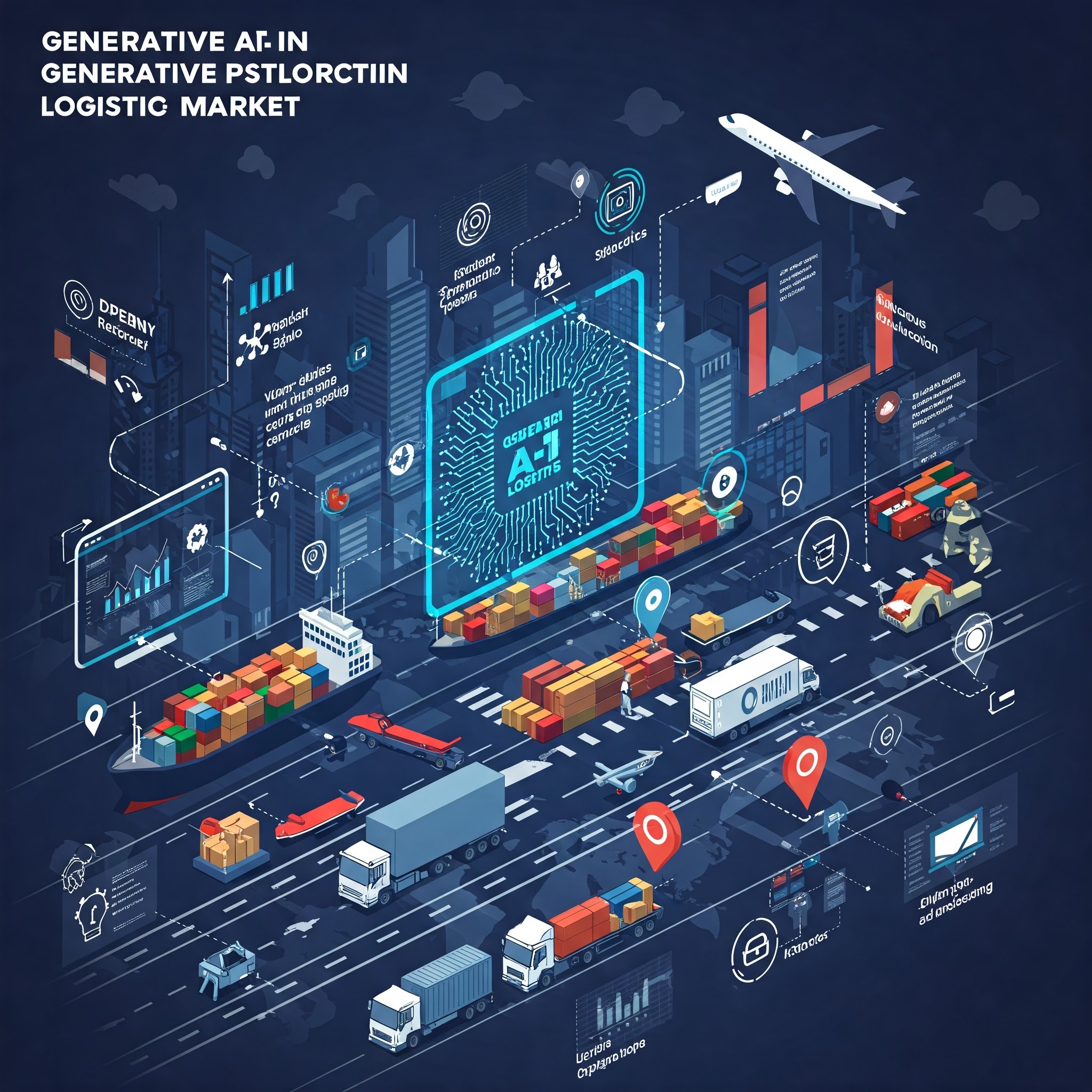The size of the global multimodal AI market was estimated to be USD 3.67 billion in 2024 and will grow at a compound annual growth rate (CAGR) of 35.8% from 2025 to 2035. Multimodal artificial intelligence (AI) uses a variety of data types, such as video, audio, speech, images, text, and conventional numerical data sets, to enhance its ability to make accurate predictions, draw insightful conclusions, and provide correct solutions to actual problems. This approach involves the training of AI systems to simultaneously synthesize and process multiple data sources so that they can have a better comprehension of content and context. With the growing usage of multimodal AI in a wide range of industries, the stakeholders are being offered a substantial opportunity to ride the growing market. By offering innovative multimodal AI solutions designed to address the unique requirements of different industries, stakeholders have a significant impact on fueling market growth.
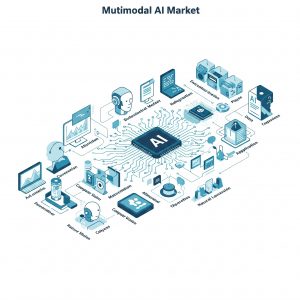
| Segments covered | By Component, By Data Modality, By Technology, By Type, By Industry Vertical |
|---|---|
| Growth Drivers |
|
| Pitfalls & Challenges |
|
DOWNLOAD FREE SAMPLE REPORT-
https://www.marketinsightsresearch.com/request/download/8/621/Multimodal-AI-Market
Multimodal AI Market Trends
One of the most significant trends in the multimodal AI industry is the combination of augmented reality (AR) and virtual reality (VR) technology. In multiple contexts, such as gaming, education, training, and distant collaboration, the combination creates immersive experiences that enhance user engagement. Multimodal AI in games can interpret voice instructions, facial expressions, and user gestures to create more responsive and engaging game worlds.
Through the combination of visual, aural, and kinesthetic learning styles, multimodal AI-driven AR and VR in learning deliver immersive and personalized learning experiences. These technologies provide authentic simulations for professional training skill enhancement, particularly in emergency response, aviation, and healthcare. Integrating AR, VR, and multimodal AI enhances user interaction and opens up new avenues for applications that need a high level of immersion and interactivity.
The use of edge computing and deployment of 5G networks is another prominent trend driving the multimodal AI industry. For real-time multimodal AI, edge computing reduces latency and bandwidth usage by processing information nearer to where it is created. This is particularly beneficial for intelligent systems and IoT devices, which rely on fast data processing to function optimally. The rollout of 5G has resulted in enhanced network capabilities that provide the speed and reliability needed to handle enormous volumes of multimodal data.
Multimodal AI Market Analysis
Discover more about the major segments defining this market
On the basis of data modality, the market is segmented into image data, text data, speech & voice data, video data, audio data. The speech & voice data segment is anticipated to hold a CAGR of more than 30% over the forecast period.
Within the multimodal AI field, the segment of voice data focuses on voice analysis and deployment of vocal features to obtain crucial information that lies beyond what a person speaks. This includes speaker recognition, emotions, and voice biometrics to authenticate individuals. Voice biometrics is a convenient and secure means of verifying individuals in financial transactions, security measures, and customer care uses via unique aspects of the voice. In order to determine the mood of the speaker, emotion detection analyzes tone, pitch, and speech patterns. This data is then used in mental health assessment, consumer attitude analysis, and personalized user experience.
The speech data segment significantly drives the multimodal AI industry, with that segment concentrating on technologies that allow for spoken language processing, recognition, and understanding. The use of applications such as voice recognition, speech-to-text transcription, and natural language understanding (NLU) in this section is because they play a key role in the evolution of more intuitive and accessible user interfaces. Speech data is utilized by AI call centers, for example, to understand and immediately respond to consumer questions in customer service, which increases productivity and satisfaction. Medical professionals are aided by speech recognition software in terms of patient note transcription and clinical documentation effectiveness. Advances in deep learning and acoustic modeling have significantly enhanced the accuracy and reliability of voice recognition systems, resulting in their wider application across industries.
Discover more about the most important segments influencing this market
On the basis of component, the multimodal AI market is segmented into solution and services. The solution segment held the largest share in the global market with a revenue of more than USD 8 billion in 2032.
In order to offer detailed insights and enhanced functionality, multimodal AI systems consist of an extensive array of applications designed to combine and interpret multiple sources of data, including text, images, video, and sensory input. The solutions consist of high-end analytics platforms that combine information from numerous sources to provide actionable insights in various sectors like health, finance, and marketing. They also encompass virtual assistants and chatbots with sophisticated features that can understand and respond to multiple input forms.
These systems, which possess capabilities such as real-time processing of data, automated decision-making, and predictive analysis, are tailored to directly meet the needs of different industries. In order to take advantage of multimodal AI, companies are continually developing new platforms and tools as a response to increasing demands for more responsive and smart systems.
Increasing data environment complexity and the need for solutions that can integrate and comprehend multiple data streams seamlessly are fueling market growth.
| Segments covered | Component, data modality, end-use, enterprise size, and region |
| Regional scope | North America; Europe; Asia Pacific; Latin America; MEA |
| Country scope | U.S.; Canada; Germany; UK; France; China; Japan; India; South Korea; Australia; Brazil; Mexico; KSA; UAE; South Africa |
| Key companies profiled | Aimesoft; Amazon Web Services, Inc.; Google LLC; IBM Corporation; Jina AI GmbH; Meta.; Microsoft; OpenAI, L.L.C.; Twelve Labs Inc.; Uniphore Technologies Inc. |
| Customization scope | Free report customization (equivalent up to 8 analysts working days) with purchase. Addition or alteration to country, regional & segment scope.
|
Market, By Component
- Solution
- Service
Market, By Data Modality
- Image data
- Text data
- Speech & voice data
- Video data
- Audio data
Market, By Technology
- Machine learning
- Natural language processing
- Computer vision
- Context awareness
- Internet of things
Market, By Type
- Generative multimodal AI
- Translative multimodal AI
- Explanatory multimodal AI
- Interactive multimodal AI
Market, By Industry Vertical
- BFSI
- Retail & E-commerce
- IT & telecommunication
- Government & Public sector
- Healthcare
- Manufacturing
- Media & Entertainment
- Others
Purchase Report now
https://www.marketinsightsresearch.com/report/buy_now/8/621/Multimodal-AI-Market
